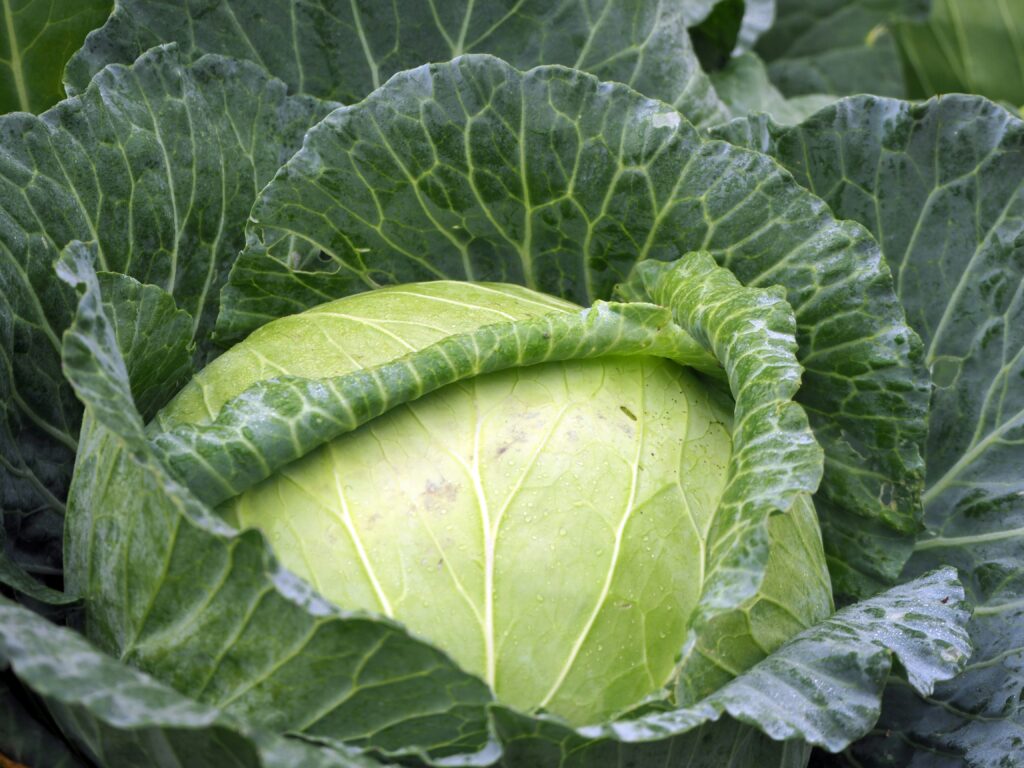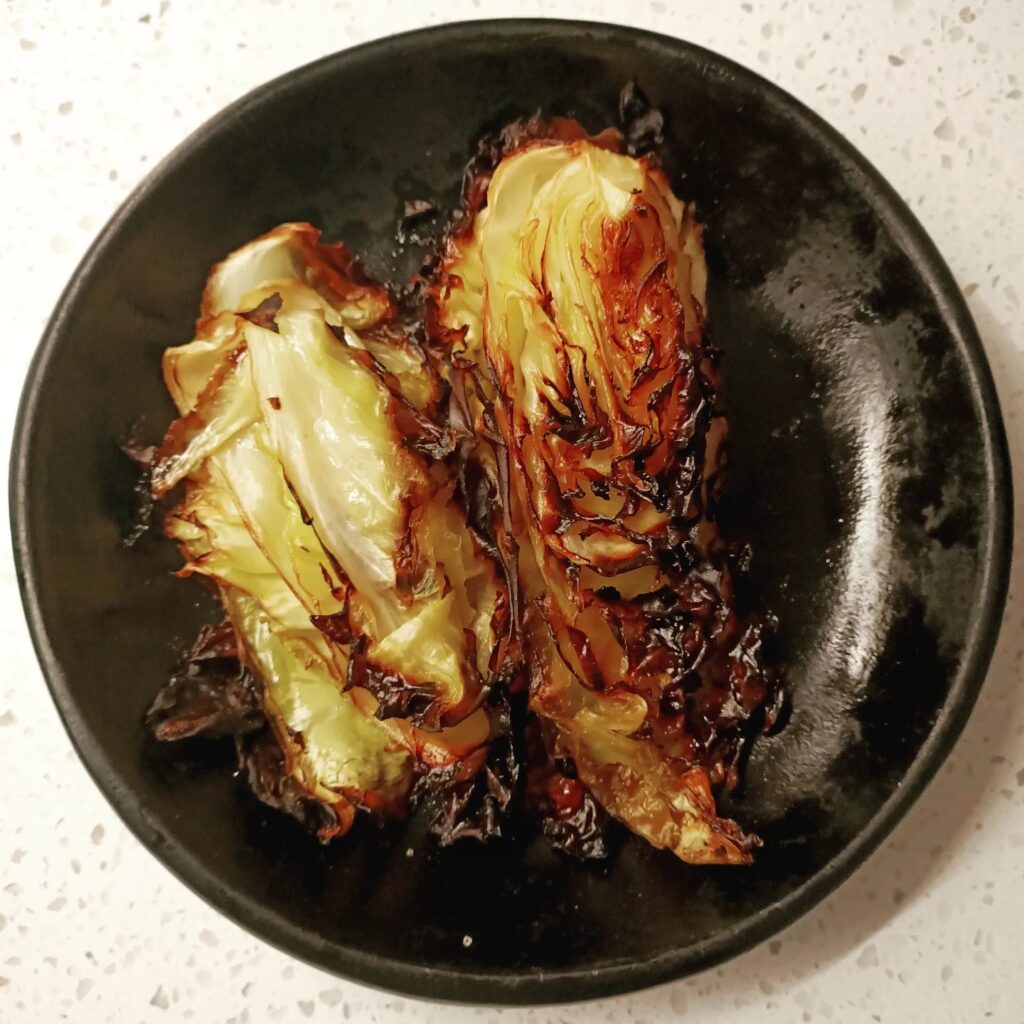Grounded: Notes From a Hands-On Cook
Some days, the kitchen feels like the only place that makes sense. A space where you actually touch the world instead of scrolling past it. Cooking feels so much better than watching cooking.

When we were in Tallinn last December, wandering through the covered markets with their stacks of root vegetables, jars of preserves, and cured meats, I stopped in my tracks. There, on a rough wooden table, sat the largest head of cabbage I’d ever seen. It was easily the size of a beach ball and priced about the same. It struck me then that this vegetable has been an enduring and important food across cultures and centuries.
Cabbage has been an anchor in Eastern European kitchens for generations, showing up in everything from borscht to stuffed cabbage rolls to fermented sauerkraut. It’s hearty, versatile, and perfectly suited for long, cold winters.
Whether it’s the small, tight green heads, the elegant Hispi/Sugarloaf variety, the frilly Savoy, generous Wombok or the dramatic deep-purple variety, cabbage has endless potential. Affordable and adaptable, a single head can feed you for days. It’s also a reminder of resilience and resourcefulness, of how cultures find ingenious ways to transform simple ingredients into meals that nourish body and spirit.
Cabbage has been grown and eaten for thousands of years. Ancient Greeks and Romans valued it both as food and medicine. It spread widely through Europe, where it became indispensable for peasants and nobles alike. Its longevity as a crop makes sense; cabbage is hardy, grows in cooler climates, and importantly can be stored for long periods. For centuries, it offered a reliable source of sustenance when other fresh produce was scarce.
That reliability continues today. Nutritionally, cabbage is a powerhouse. It’s high in vitamins C and K, a good source of fibre, and contains antioxidants that support overall health. Its low cost and high yield make it an economical way to feed a family well. It’s also been celebrated in folk medicine for its soothing properties. As a nursing mother, I used chilled cabbage leaves to ease the pain of mastitis, a trick gratefully passed down from one generation to the next.
Unfortunately, cabbage has a reputation problem. Too many people first meet it boiled beyond recognition, limp and overtly sulfurous. But when prepared with a little care, cabbage delivers main character vibes in spades.
I have a handful of go-to ways to enjoy it, dishes that celebrate its crunch, its sweetness, and its chameleon-like ability to transform:

From Tallinn to Tokyo, from sauerkraut to okonomiyaki, cabbage has quietly shaped the way we eat for thousands of years. It may never be the star of the show, but perhaps that’s its greatest strength. It doesn’t need fanfare; it just quietly gets the job done.
Some days, the kitchen feels like the only place that makes sense. A space where you actually touch the world instead of scrolling past it. Cooking feels so much better than watching cooking.
Traditions don’t enter into the world fully formed. They start as a good idea at the time. You gather a few people, raise a glass to something worth celebrating and somewhere between the food, the laughter and the decision to do it again next month/year/season, a tradition quietly slips into…
I never used to cook a lot of seafood at home. I didn’t need to; if I wanted a delicious seafood meal, I’d just visit my parents. It took until I was in my forties to really start cooking seafood at home on a regular basis. Pan-frying the odd fillet…